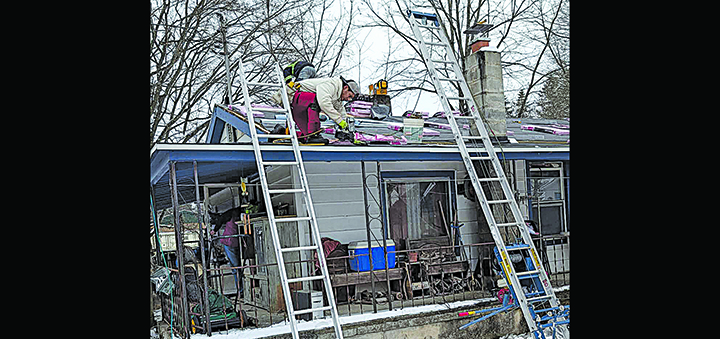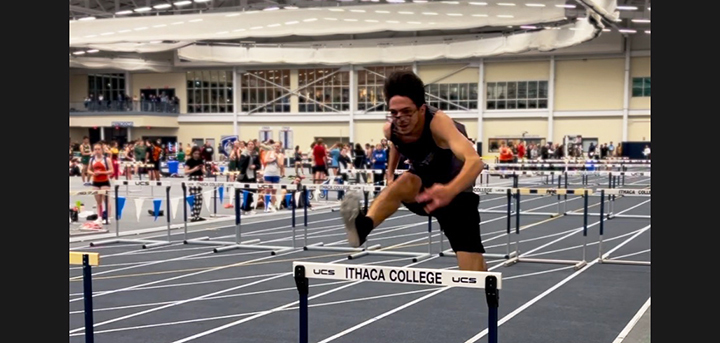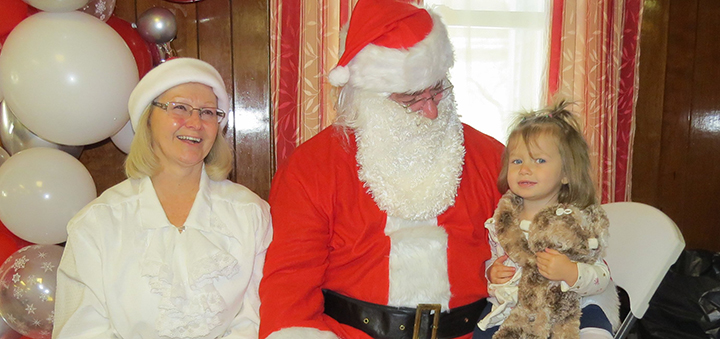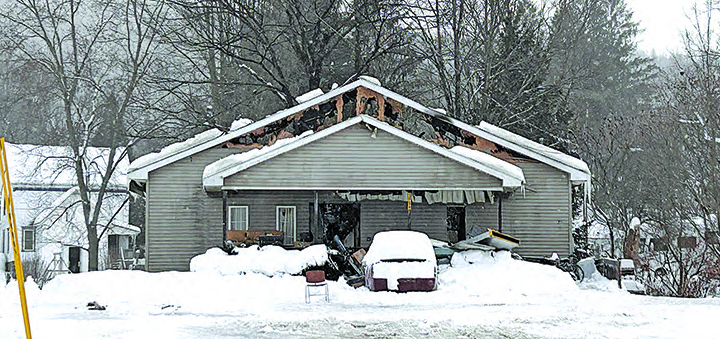Late season duck hunting starts locally on Saturday
Eric Davis
Mayhood's Sporting Goods
CHENANGO COUNTY – New York, the season is slightly earlier (November 11- December 31 this year) but can still be a very fruitful season.
The biggest factor to determine if the late season is really good or not will be the weather.
The weather we have locally and the weather north of us, where the ducks are migrating from, influence how many ducks are in the area and how huntable they are.
If it has been cold up north, the birds will migrate down to the Finger Lakes ahead of the snow and ice line. If the weather in New York has’t been very cold, the swamps and smaller bodies of water will be open, giving the birds places to spread out and be harder to locate.








Comments